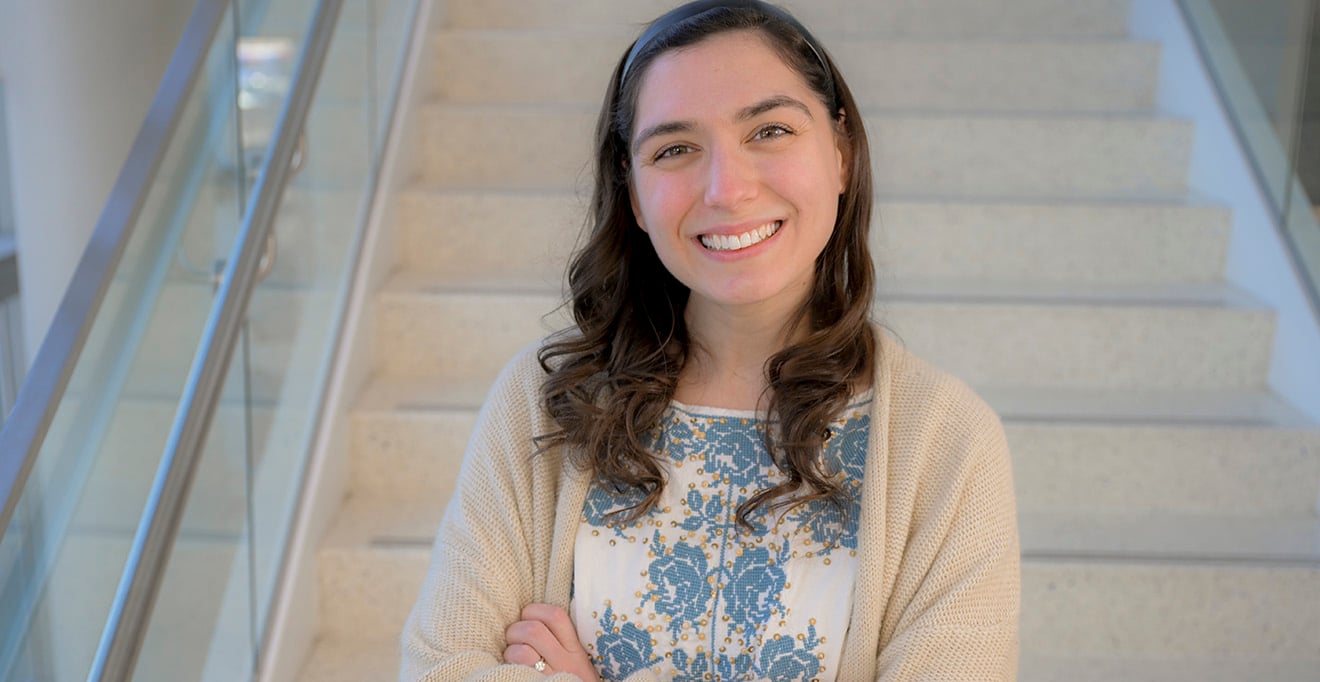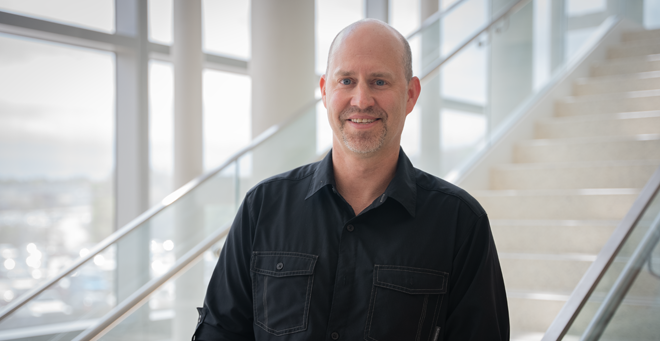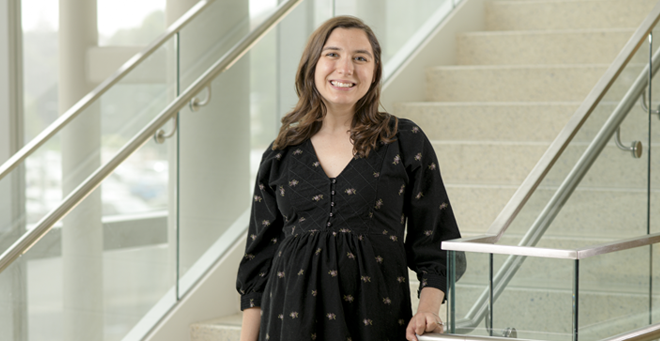
Photo: Faith Ninivaggi
Ubiquinone, a metabolite critical to generating energy in cells, has long been thought to be the only mitochondrial electron transport chain carrier in mammals. Although other electron transporters have been identified in bacteria, nematodes and other organisms, evidence of their presence in mammals has remained elusive. Thanks to new high-resolution mass spectrometry technology, Jessica Spinelli, PhD, assistant professor of molecular medicine, has identified rhodoquinone as another fundamental electron transporter in the mammalian electron transport chain. The research was recently published in Cell. Because rhodoquinone allows mitochondria to function in a low oxygen environment, Dr. Spinelli research may have clinical potential for protecting cells from hypoxia.
“We’ve identified the presence of rhodoquinone in mammals in very specific tissue types. It’s possible this mechanism can be exploited clinically to maintain cell health by protecting them from oxidative stress in low oxygen environments,” said Spinelli. “This could have significant advantages for treating ischemia caused by a lack of oxygen and nutrients flowing to tissue cells. One of the dream applications of this newly identified compound would be to increase the length of time an organ can be preserved for transplantation before cells begin to die because of oxygen deprivation.”
Metabolism and the production of energy necessary to sustain cells and organisms requires the shuttling of electrons between molecules. Like water finding its level, electrons move inside cells from areas of high concentration to low concentration with the help of electron transporters. This reshuffling of electrons releases energy that is then harnessed by mitochondria, the organelles that produce the energy.
While different electron transporters have been identified in smaller organisms such as bacteria and worms, ubiquinone has long been the only known electron transporter found in mammals.
But Spinelli knew from previous studies that certain tissue cells in the mouse were moving electrons in defiance of the laws of thermodynamics.
“This prompted us to look at what was happening in an unbiased manner to better understand what was allowing this seemingly thermodynamically unfavorable process,” said Spinelli.
Thanks to a combination of advanced, high resolution mass spectrometry and genetic engineering, Spinelli and colleagues have identified rhodoquinone as an important electron transporter in mammals. Typically found in bacteria and nematodes, rhodoquinone appears to operate specifically in low-oxygen environments and can be found in specific tissues such as the brain, liver and kidney that must likewise contend with frequent low-oxygen states.
Mass spectrometry is used to identify individual molecules in cells by their molecular weight and chemical features. To identify this metabolite, Spinelli and colleagues used a high-resolution mass spectrometry device that can measure mass so accurately that it can differentiate two compounds that on a regular low-resolution instrument would appear identical.
Spinelli and colleagues were able to verify their findings using genetic engineering to reprogram the ubiquinone pathway for rhodoquinone. “To do this, we had to develop first-in-class compounds that can reprogram electron flow in the electron transport chain. These compounds have immense therapeutic potential to protect tissues from damage caused by low oxygen exposure such as during a heart attack or stroke,” she said.
After reprograming the ubiquinone electron transport chain for rhodoquinone, Spinelli was able to confirm the existence of rhodoquinone and its role in persevering cell function in low-oxygen environments.

